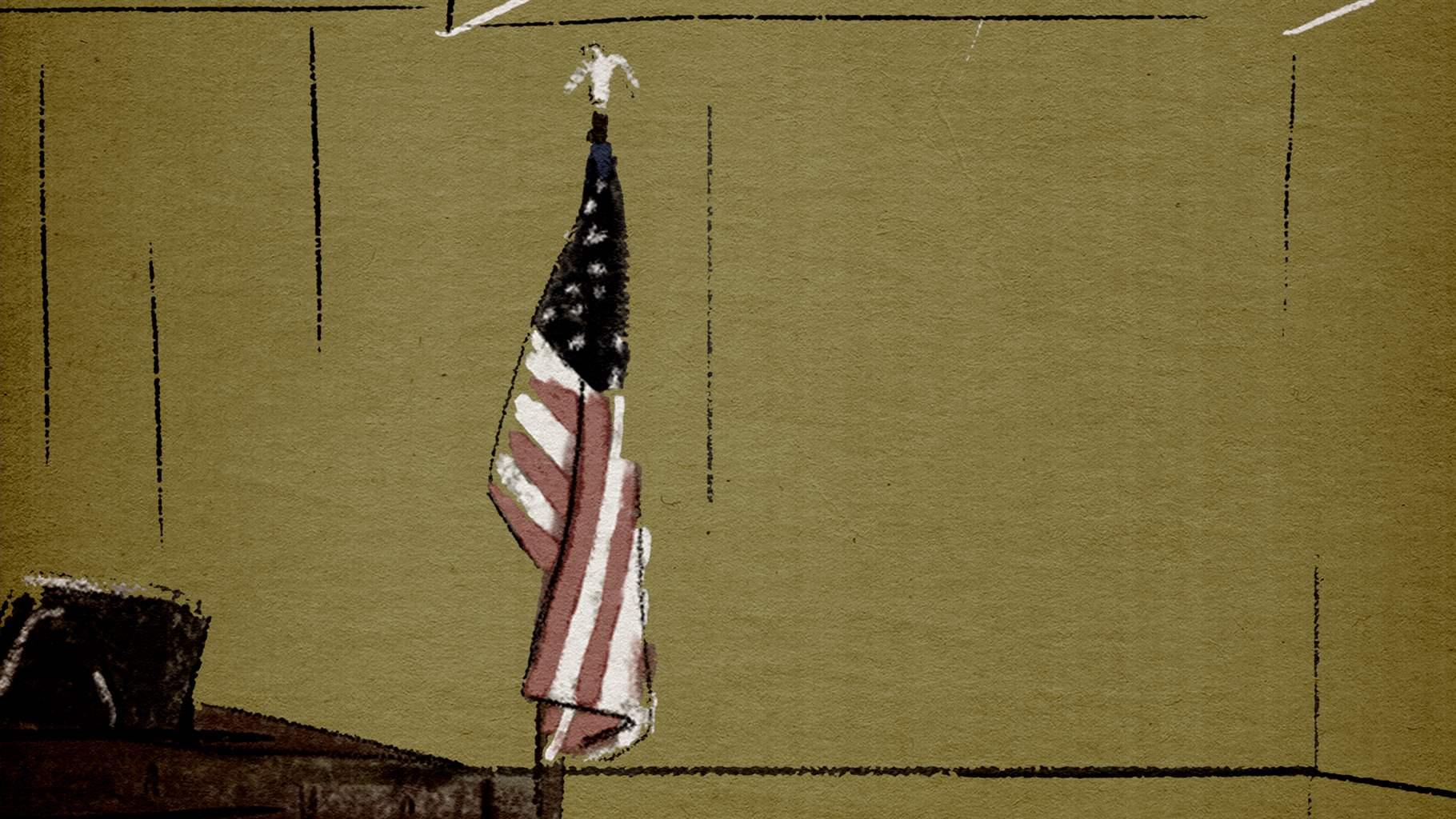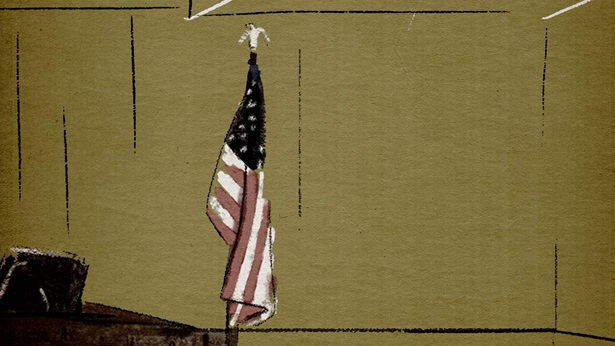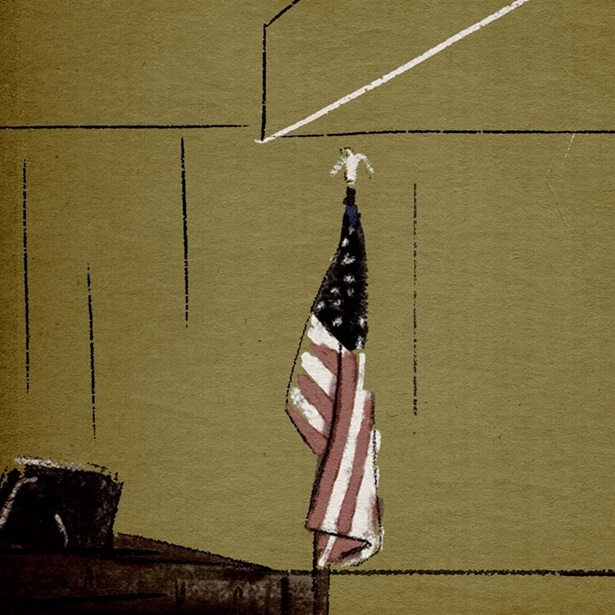Civil Court Modernization Toolkit
Resources and strategies to make civil courts more open, effective, and equitable

U.S. civil court staff and leaders support using data to modernize their policies and processes to better serve litigants. But the courts were designed for attorneys, so updating them to function well for the majority of today’s users—most of whom do not have lawyers—is a major undertaking. Moreover, in the face of budget constraints, high staff turnover rates, and limited data—and without a cohesive national vision for modernization—courts’ efforts to date have yielded a patchwork of reforms that vary across states.
To address these challenges, The Pew Charitable Trusts has developed a civil court modernization framework and related toolkit centered on three core principles: openness, effectiveness, and equity. The framework outlines Pew’s research and the rationale for modernization, and it details how reform can improve public trust in and the transparency of the civil legal system; support court user engagement; and help ensure that case outcomes are fair.
The toolkit includes 12 fact sheets—four per principle—and provides a common language, set of metrics, and actionable strategies that courts of every size, funding and staffing level, and stage of modernization can use to implement meaningful change. It can be used selectively, such as by applying the metrics to existing reforms, and courts can choose their next steps based on their size, resources, and starting point. Although all courts can and should undertake modernization reforms, the toolkit will be most useful to those that already have a strong foundation for reform. Ideally, courts should have buy-in from their leadership; sufficient resources to invest; an electronic case management system; centralized baseline data; a diverse stakeholder group (e.g., an access to justice commission); and robust cybersecurity infrastructure.
Modernization is a long process, and some of the strategies outlined in the toolkit are resource- and labor-intensive. But in the long run, these efforts can reduce demands on staff time and maximize court resources by creating processes, policies, and procedures that work.


How to Make Civil Courts More Open, Effective, and Equitable
Openness
Open courts are committed to transparency, and they collect and use data to continually improve interactions with their communities and constituents.
Effectiveness
Effective courts optimize their resources to help litigants more easily navigate and resolve legal issues and enable judges to focus on the complex cases that require their expertise.
Equity
Equitable courts identify and respond to disparities in litigants’ experiences and sociodemographic characteristics and work to address them so that all people can assert their rights, receive fair decisions, and have those decisions enforced.
Framework methodology
To develop the modernization framework and toolkit, Pew reviewed 90 Conference of Chief Justices and Conference of State Court Administrators resolutions and more than 175 articles, guides, and toolkits from the research literature and national organizations. The research team also consulted with 14 experts—researchers, funders, performance measure experts, and advocates—and convened a 15-person working group of scholars, legal service providers, judges, and court staff. Finally, Pew partnered with the Center for Evaluation, Policy, and Research at Indiana University to test and refine the framework.







